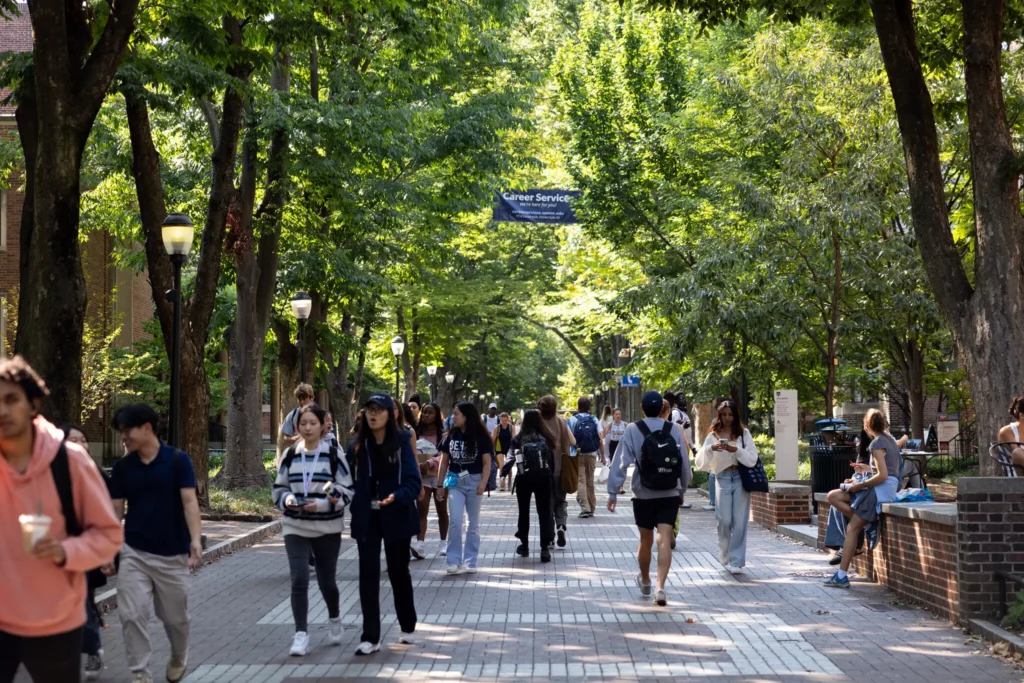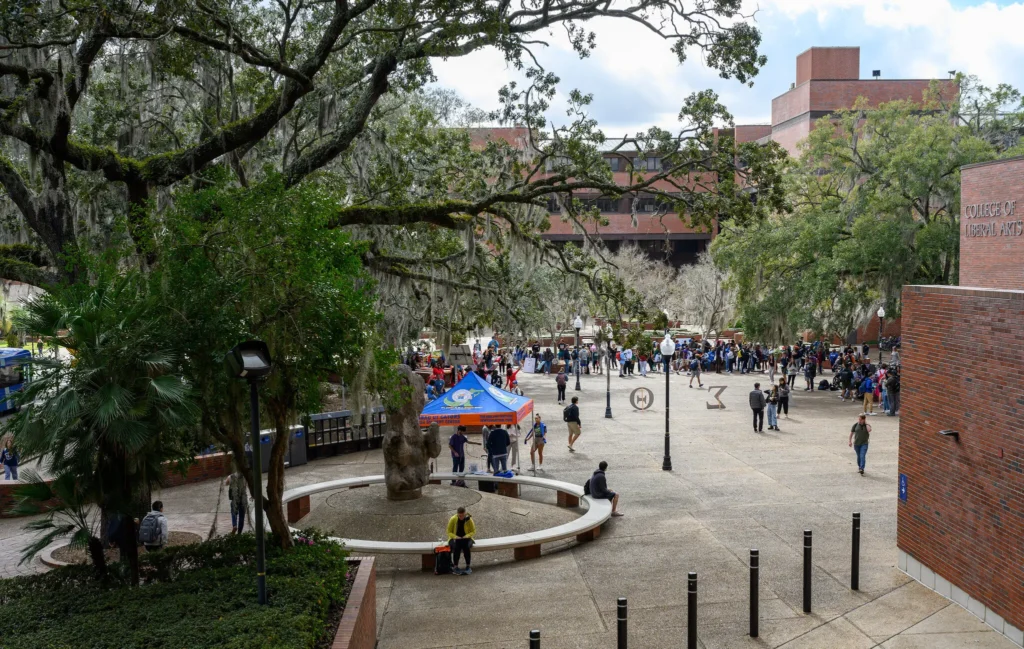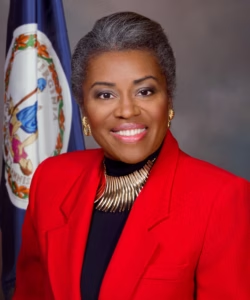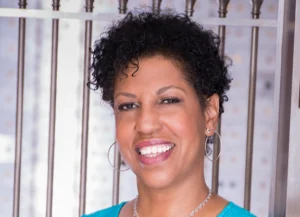The largest-ever class of high school seniors is about to graduate, just as colleges are facing major upheaval. Here’s what they could face as they head to campus.
By Alan BlinderRon LieberStephanie SaulVimal Patel and Anemona Hartocollis
THE NEW YORK TIMES
Colleges are expecting what could be the largest freshman class ever this fall at a moment of extraordinary turmoil, as campuses face financial pressures from the federal government and political conflict over diversity and other cultural issues.
Admissions processes, upended by the Supreme Court decision to ban affirmative action, have been revamped. Budget pressures and worries about financial aid and tuition loom for colleges and families alike. Campuses have been grappling with protests and the sanctity of academic freedom.
And that was before President Trump’s return to power.
After he took office in January, his administration almost immediately began a campaign to close the Education Department and stop billions of dollars from flowing to colleges. On campuses, universities are shutting down laboratories and confronting civil rights investigations over antisemitism.
As about 3.9 million students earn their high school diplomas and many of them head to college, the changes could affect their experiences in big and small ways.
Here’s how the commotion might touch students, their parents and anyone else around college campuses this year.
Different schools, different problems
The United States has close to 4,000 degree-granting colleges and universities that offer everything from associate’s degrees in nursing to doctorates in history. But challenges are just about everywhere in higher education right now.
The kind of federal budget cuts that the Trump administration is pursuing could be the most damaging to universities where research is integral to the campus’s culture and structure. That includes places like the University of Pennsylvania and Johns Hopkins University, but also schools like Kansas State University. Some have already announced layoffs or hiring freezes, and may be forced to rework their course offerings.
It is unclear how much belt tightening there will be, and how it might affect undergraduates in the fall.

Regional public universities often receive less attention but are very much the backbone of higher education for millions of people. They have not been as targeted by the Trump administration, but they still face fundamental challenges around state budget fights, increasing day-to-day costs and declining enrollments.
On some campuses, students are finding reduced services and staffing, with fewer professors, diminished academic resources and buildings that are closed more frequently.
Community colleges are generally far cheaper than their four-year counterparts and are still avoiding the biggest political fights around higher education; plenty of politicians, in fact, are pushing to make them free.
But their troubles are deep and stubborn. Although some schools have reported enrollment growth for this semester, community colleges have suffered from slumped interest for years.
Private colleges are a mixed bag. Many remain strong, if susceptible to criticism over their costs and political leanings. But dozens have closed in recent years, leaving students scrambling to find new academic homes.
Is paying for college going to change?
There is proposed change, and then there is actual change.
Mr. Trump’s effort to dismantle the Education Department puts two federal programs in limbo: Pell Grants and student loans.
Linda McMahon, the secretary of education, said during her confirmation hearing that she wanted to expand the Pell Grant program, which is for low-income students. It isn’t clear, however, which agency or entity would administer the grants if the Education Department were to go away.
On Friday, Mr. Trump said that the Small Business Administration would “immediately” take over the federal student loan portfolio. The Student Borrower Protection Center called his idea “illegal, unserious, and a distraction.”
Given the enormity of the loan program, any quick transfer seems highly unlikely. Until Congress or federal courts get involved — and both may happen before long — the application process for financial aid and loans won’t change. The FAFSA, short for Free Application for Federal Student Aid, has been working better so far this application season after a rough redesign of the application. But it’s not clear how recent Education Department layoffs will affect the process.
The biggest wild card may be the colleges themselves and what sorts of grants and scholarships they’ll be giving out. Many schools are suspending hiring to save money and fretting over a possible decline in international students, who may fear coming to the United States right now.
What isn’t clear is whether schools will ask students to pay more than they may have otherwise (because of concerns over budget hits from the loss of federal funding) or pay less (to get them to commit to coming in the first place).
How campus culture is shifting
Diversity, equity and inclusion programs had once seemed like a good idea to many universities, even a necessity, as they sought to increase their enrollments in a competitive landscape. But a backlash has driven state lawmakers to take up legislation to eliminate such programs, and now the Trump administration is also attacking them.
Universities are responding in varying ways.
Sometimes schools have simply renamed their D.E.I. operations. Other universities been more aggressive. In March 2024, the University of Florida fired its 13-member D.E.I. staff in response to a state ban, for example.
On some campuses, students will very likely feel the differences.

The University of Virginia pulled trainings on topics such as D.E.I. and microaggressions from its website. At the University of Houston, the campus newspaper announced that an L.G.B.T.Q. center was being shut after Texas banned diversity programming in colleges and universities. At the University of North Florida, an L.G.B.T.Q. center, a women’s center, an interfaith center and an intercultural center were all shuttered.





















